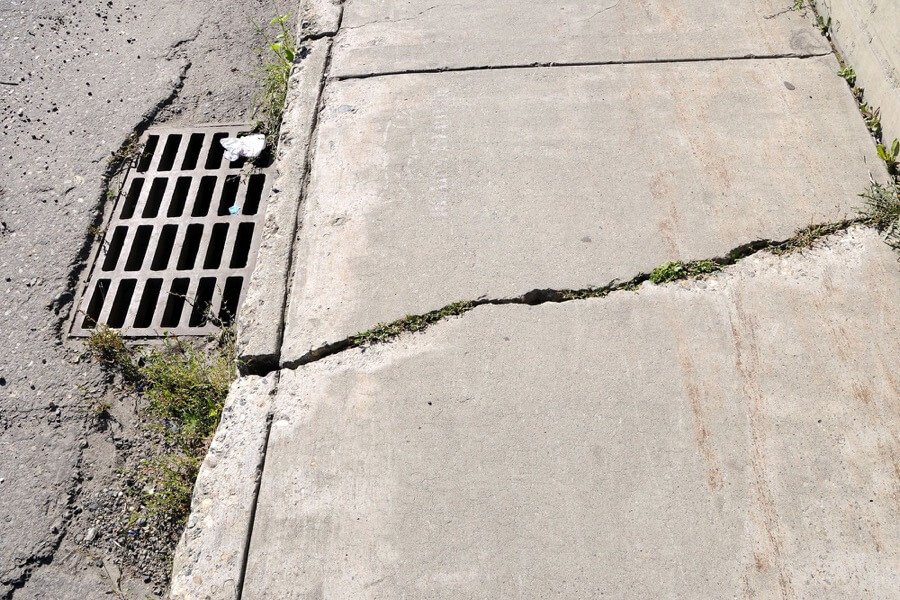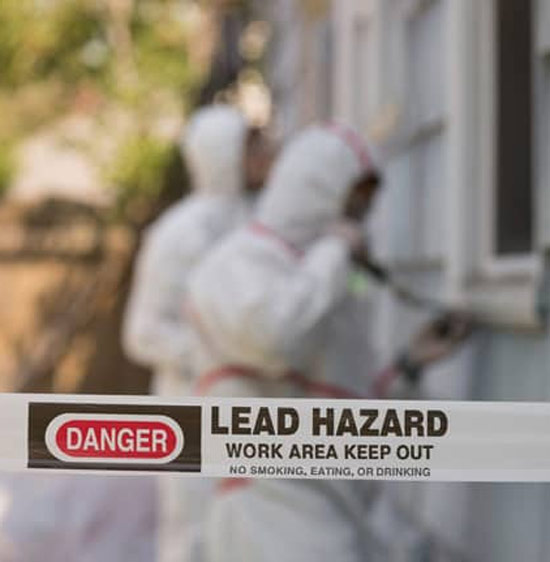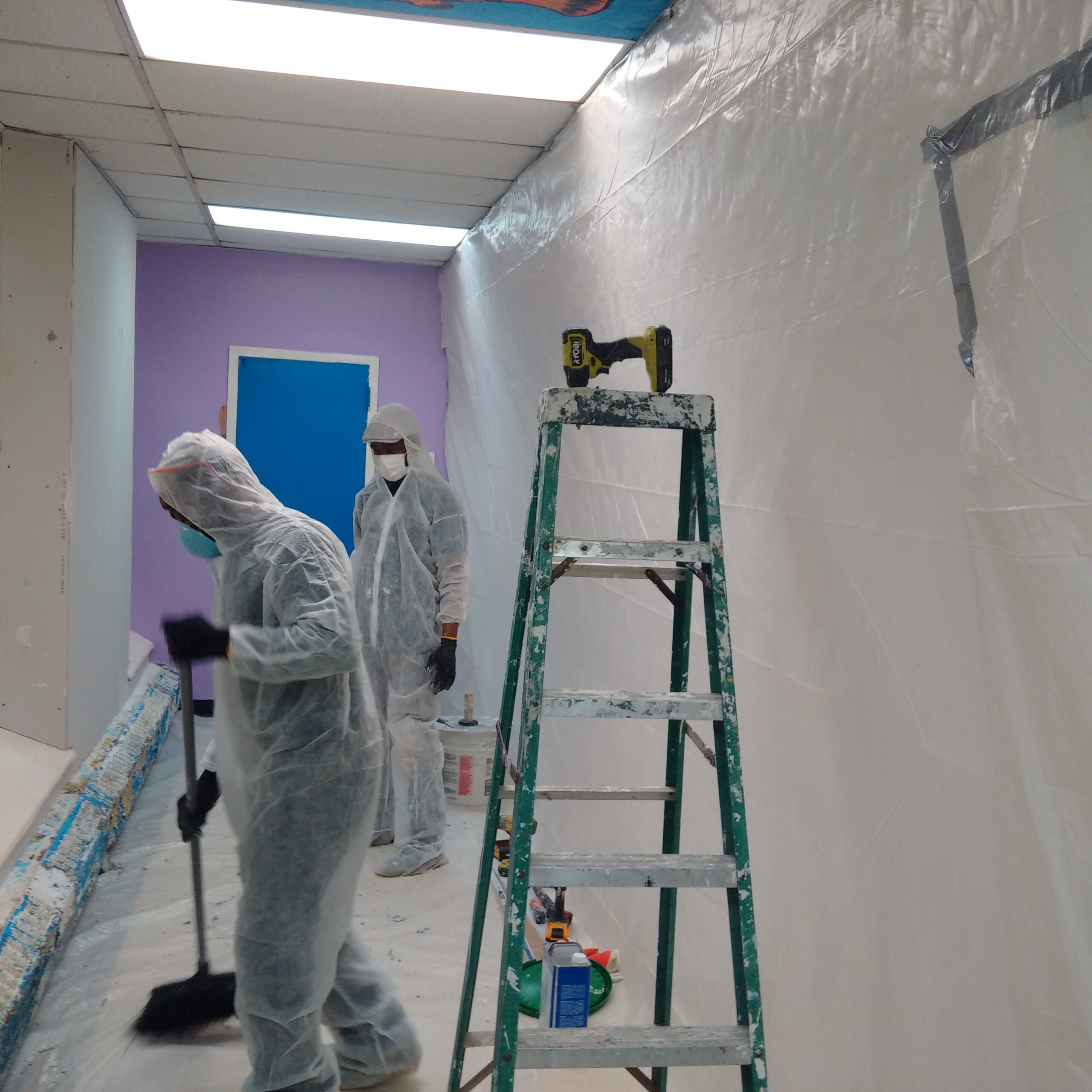Trusted Lead Paint Removal Company-- NYC's Premier Lead Abatement Service
Trusted Lead Paint Removal Company-- NYC's Premier Lead Abatement Service
Blog Article
Comprehensive Overview on Effective Lead Infraction Elimination Techniques
In the world of ecological safety, resolving lead infractions demands a meticulous and organized technique. This detailed guide starts by highlighting the essential first actions of recognizing lead hazards via advanced assessment and testing approaches. Strategies such as XRF evaluation and dust wipe sampling are essential in determining contamination sources. Additionally, the guide elaborates on the relevance of adhering to rigid safety and security protocols throughout the removal process, consisting of making use of correct PPE and isolating affected locations (Lead Paint Removal Company). The succeeding sections assure to go over post-removal verification and preventive techniques, making sure lasting safety and security and compliance. Discover the detailed information that make these strategies not just reliable but crucial.
Determining Lead Risks
Recognizing lead threats is a critical initial action in minimizing the risks linked with lead exposure. Lead, a hazardous metal, can be present in numerous ecological mediums, consisting of paint, soil, water, and dust. It presents extreme wellness dangers, specifically to children and expecting females, causing neurological damages and developmental hold-ups. Specific recognition of prospective lead sources is important for efficient removal.
The initial phase in recognizing lead hazards includes recognizing common lead sources within the constructed atmosphere. Structures built prior to 1978 are especially prone as a result of the common use lead-based paint during that duration. Furthermore, soil contamination can take place from wearing away exterior paint, commercial emissions, or historic use leaded gas.
Another considerable resource is lead piping and plumbing fixtures, which can leach lead right into alcohol consumption water. Durable goods such as playthings, porcelains, and imported products may likewise contain damaging lead degrees. Significantly, work environments and pastimes involving lead can track impurities into homes.
Evaluation and Screening
When addressing lead hazards, reliable assessment and testing are vital. This important action makes certain the identification and metrology of lead visibility, thereby leading subsequent removal initiatives. Initial assessment generally entails a visual examination to determine prospective lead resources, such as weakening paint or contaminated dust. This is matched by more extensive testing methods to identify the degree of contamination.

Dirt clean tasting is one more crucial technique, specifically in domestic setups. By collecting examples from floors, windowsills, and other surfaces, this approach provides insights into possible direct exposure threats. Additionally, soil testing around building borders is necessary to detect lead contamination that could posture risks, especially to children.
Safe Elimination Procedures
Upon completing detailed evaluation and screening, carrying out risk-free elimination treatments is the next vital stage in attending to lead threats. This procedure makes certain internet that lead-contaminated products are successfully and safely eradicated, lessening danger to both employees and locals. The initial step involves isolating the damaged location making use of plastic sheeting and correct securing techniques to stop the spread of lead dust.
Employees need to don ideal personal protective devices (PPE), consisting of respirators, gloves, and non reusable coveralls, to alleviate direct exposure. Utilizing specialized tools and wet approaches, such as wet sanding or making use of HEPA-filtered vacuums, lowers the dispersion of lead bits. It is critical to prevent completely dry fining sand or unpleasant blasting, as these techniques can create hazardous lead dirt.
Garbage disposal is another vital component; all contaminated materials should be securely nabbed and classified according to EPA and neighborhood regulations. Additionally, comprehensive cleansing of the work location with HEPA vacuum cleaners and wet cleaning guarantees the elimination of residual lead bits.
Post-Removal Verification

Confirmation of successful lead removal, referred to as post-removal verification, is essential to make sure the security and habitability of the remediated area. This process involves a collection of careful assessments and examinations made to detect any kind of recurring lead particles that might posture health and wellness dangers. The first action usually includes an aesthetic sites assessment to examine the completion and quality of the remediation job. This examination makes certain that all well-known resources of lead have actually been addressed which no visible indicators of contamination remain.
Following the visual assessment, ecological tasting is performed. This entails accumulating dust, dirt, and in some cases water samples from the remediated area. Recognized laboratories analyze these examples to gauge lead degrees, guaranteeing they fall below the safety limits established by governing bodies such as the Epa (EPA)
Furthermore, air high quality screening may be executed to discover airborne lead bits, especially in instances where comprehensive lead-based paint removal or improvement has actually taken place. The results of these tests supply quantitative information validating that the lead levels are within permitted restrictions.
Eventually, post-removal confirmation functions as a crucial checkpoint, confirming the performance of the lead abatement initiatives and protecting the health and wellness of residents and site visitors.
Safety Nets and Upkeep

A vital safety net includes using lead-safe certified specialists for any kind of remodelling, fixing, or painting tasks. These experts are educated in methods that reduce lead dirt and debris. Furthermore, keeping coloured surface areas to prevent breaking or peeling off is vital, as wearing away paint can launch lead particles right into the setting.
Educational campaigns targeting homeowner and occupants relating to the dangers of lead and the relevance of reporting any type of prospective threats can better enhance preventative efforts. Regular cleansing utilizing HEPA vacuum cleaners and wet wiping methods can dramatically lower lead dirt buildup.
Conclusion
In recap, efficient lead offense removal demands a precise approach encompassing detailed evaluation, precise testing, and strict removal procedures. Ongoing evaluations and upkeep are important to alleviate future lead threats, therefore securing public wellness and making sure sustained compliance with governing needs.
Report this page